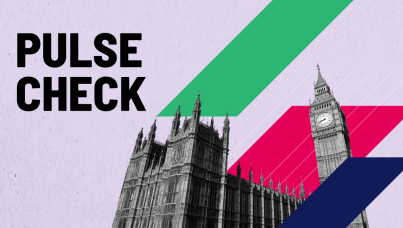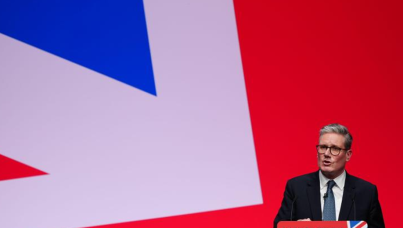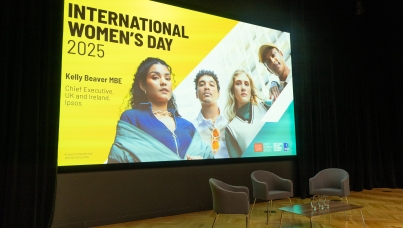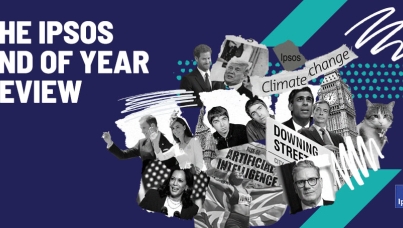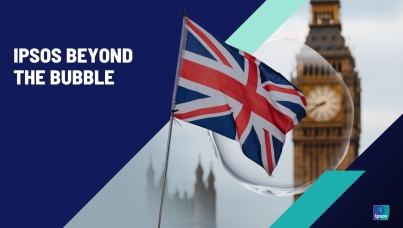The Impact Of Free Entry To Museums
Background
In recent years, much has been written about the topic of social inclusion in the museum and gallery sector. Of course it is important that the national museums and galleries, set up over a period of many years, should be perceived to be welcoming by all sectors of society. After all, their purpose is not merely to exist, or even to conserve objects for future generations; they are here for everybody's benefit. Since the early 1990s when the majority of the national museums and galleries started charging for entry, there has been a sea change of attitudes in the sector. More and more marketers and managers are ensuring that these institutions have become outward-facing and driven by public demand, rather than inward-looking and conservation focused. To some, this has represented the 'dumbing down' of our museums and galleries, but for many people, this process has dragged these institutions into the twentieth, if not yet the twenty first, century.
It is within this context that the Secretary of State for Culture, Media and Sport pledged a commitment to ensuring free entry for all visitors to our national museums and galleries. And by December 2001, all those of our national museums and galleries which had been charging for admission had returned to a free entry basis.
MORI has been working for many years with a number of national institutions, conducting surveys among visitors, potential visitors, friends, and other stakeholder audiences. At the end of 2001, we found that many of our clients were decidedly uncertain about the future. What impact would going free have? Would those who might be described as 'socially excluded' (on whom museums' funding agreements were often based) be encouraged through the doors? Would the money visitors save on entrance fees be spent in the shops and restaurants? Only time would tell.
In early summer 2002, the answer to one of the questions was well and truly answered - the DCMS announced a 62% increase in visitor numbers in the seven months since entry charges were scrapped. The V&A led the way with a staggering 157% increase (helped, presumably, by the relatively recent opening of the much admired British Galleries). It was reported that a total of 7,031,722 visitors had been to our national museums and galleries between December 2001 and June 2002 - an increase of 2.7 million people year on year.
As a researcher, though, one obvious question sprang to mind; did this mean there were a lot more people visiting museums and galleries, or were the same people visiting more frequently?
MORI decided to dig around, to see what more we could discover about these extra visits. Four questions were placed on the MORI GB160Omnibus study between 8th-13th August 2002, asking a representative cross section of the British public about their museum-going habits. It should be stressed, therefore, that the statistics in this paper refer solely to British people - our visitor surveys tend to find that roughly two thirds of visitors to our museums and galleries are British, with North Americans and Europeans making up the majority of160 the remainder. Clearly, the last two years have been extremely difficult for the British160tourism industry, with the foot and mouth outbreak being followed swiftly by the September 11th attacks and war in Afghanistan. Visit numbers to the UK have tumbled (whilst, for a period at least, a proportion of the British population became less confident about travelling to our major cities), so our research is set against a rapidly moving backdrop.160

